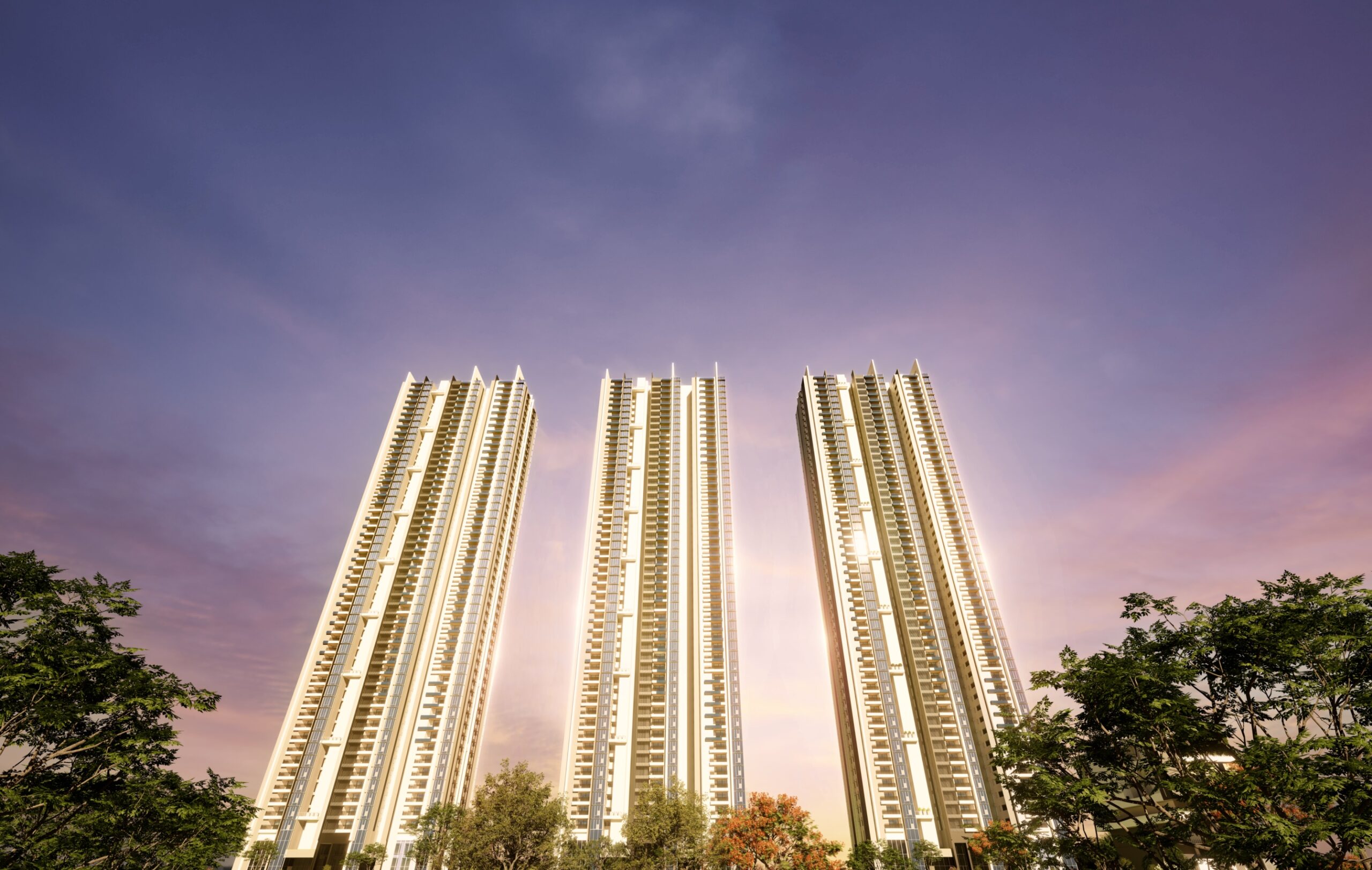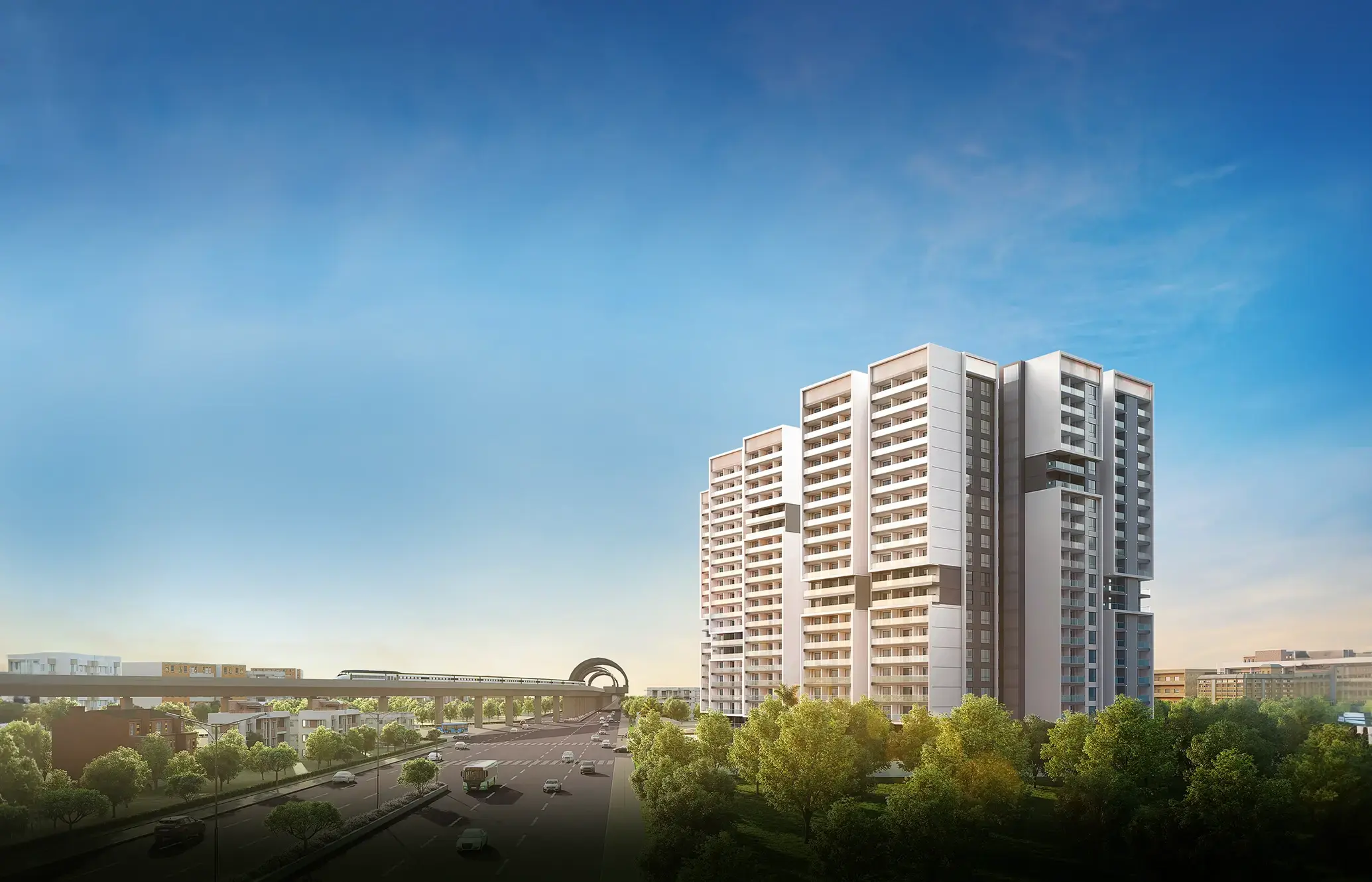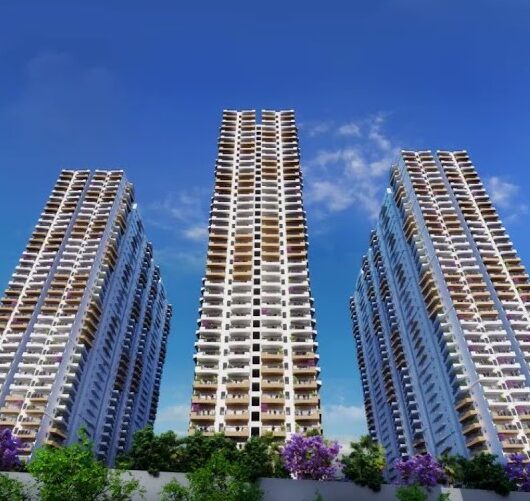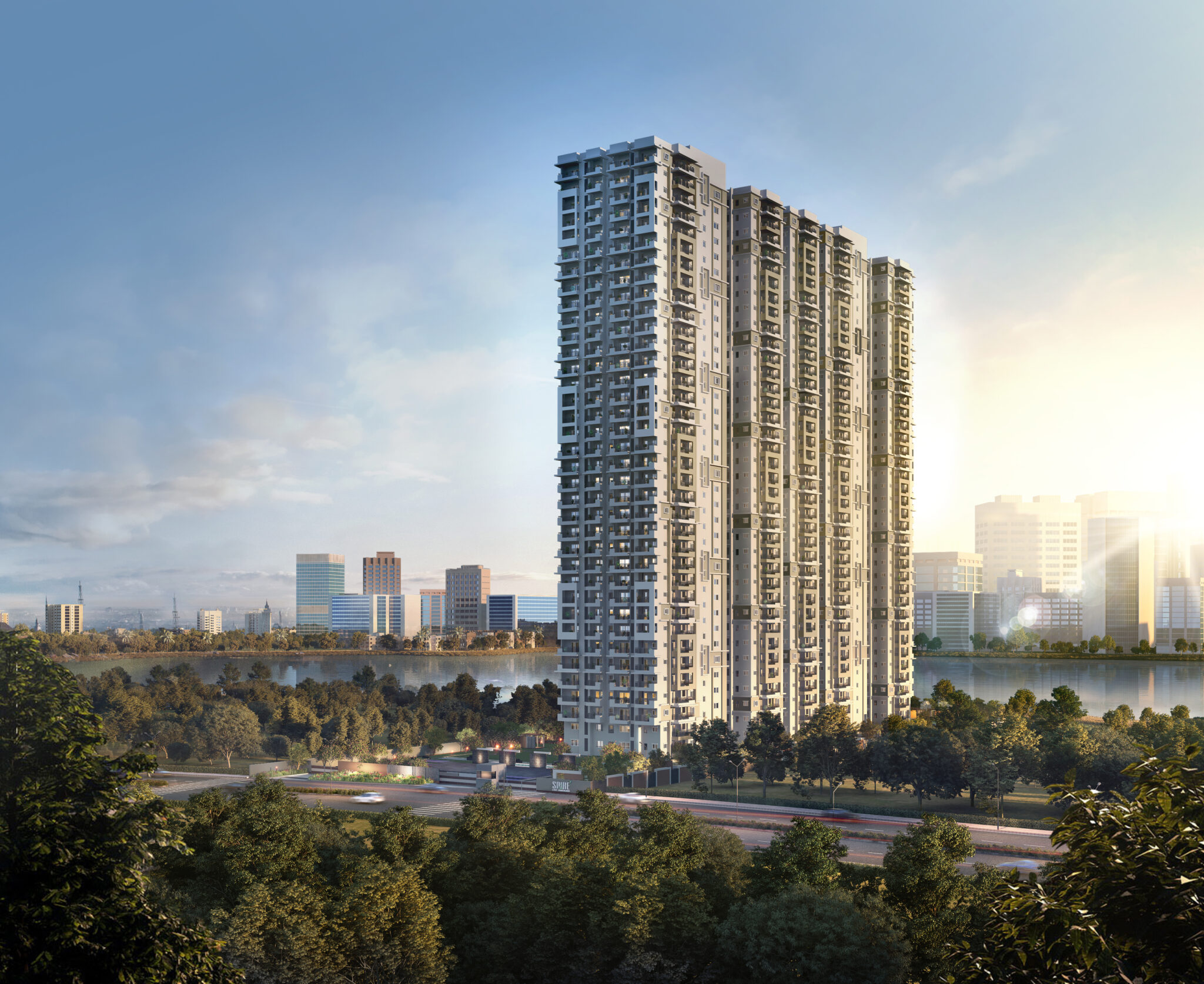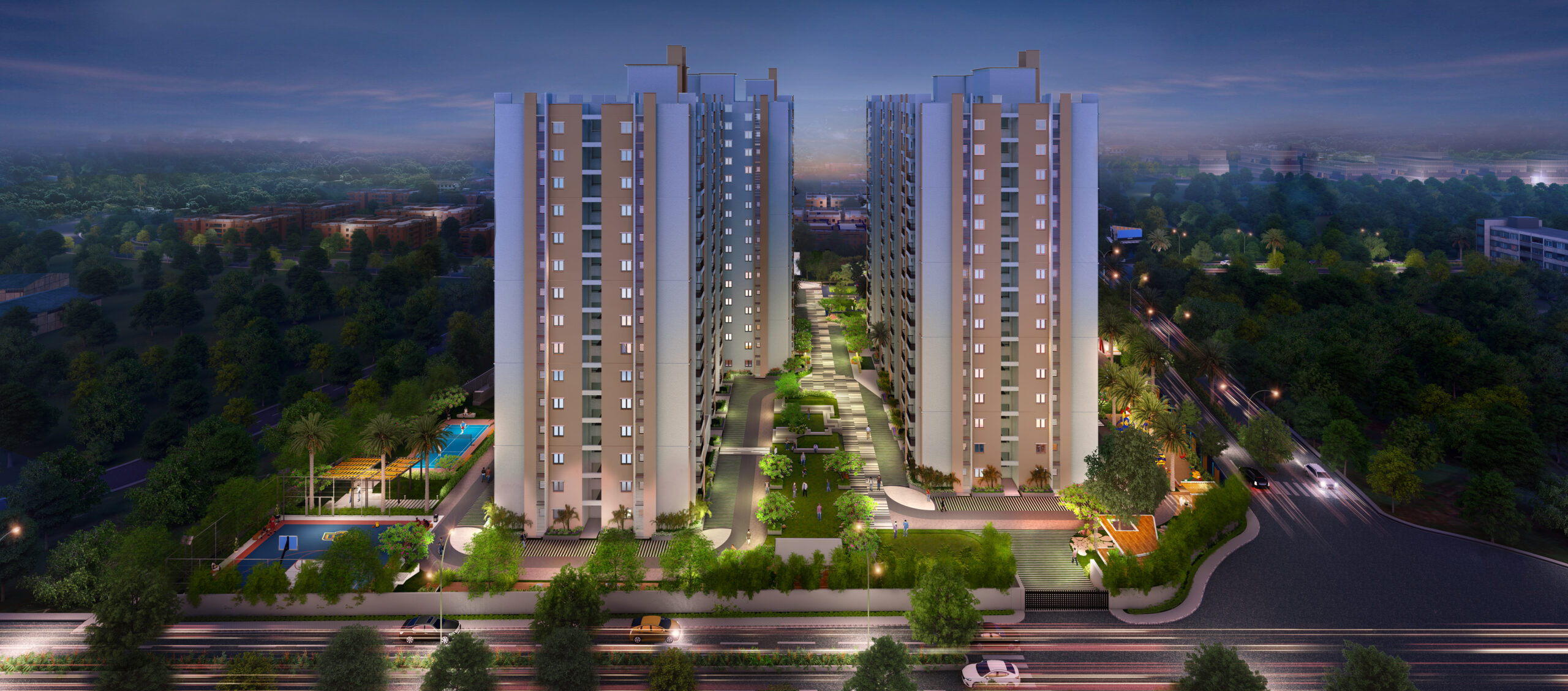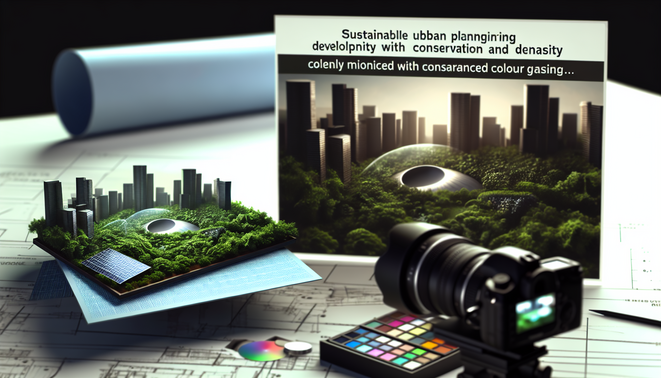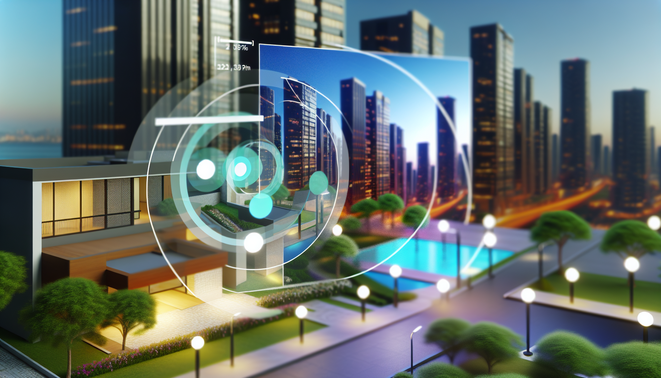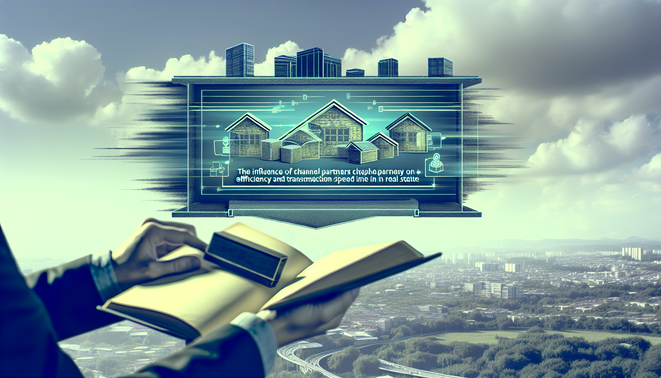Vertical Expansion in Cities: A Sustainable Solution to Limited Land
Introduction to Vertical Expansion
Urban land is tight. Real tight. With cities swelling rapidly, there’s this constant pressure for housing and infrastructure in places where land is already a hot commodity. So, how do we cope? Well, one smart answer is vertical expansion, yes, we’re talking about building up instead of sprawling out.
Vertical expansion is about creating those high-density environments that make the most of the little land we have left. Think skyscrapers and high-rises. They’re not just impressive structures; they’re multifunctional spaces that combine residential, commercial, and mixed-use areas, all neatly packed into a single building. Take Tokyo or New York, for example; vertical living is totally catching on there. It really maximizes the space while keeping city perks within reach. By 2050, predictions show we might see a serious spike in vertical structures, driven by the pressing need for space and a bit of tech wizardry.
And it’s not all about squeezing in more people. Vertical expansion has some sweet benefits, too! Many high-rises come with cutting-edge designs that boost sustainability. We’re talking green roofs, solar panels, and those nifty energy-efficient systems that help lessen the environmental impact. But it’s not all sunshine; we’ve got some hurdles like overcrowding and how these big structures might mess with local ecosystems.
| Aspect | Details |
| Population Growth Rate | 1.1% annually globally |
| Urban Land Use Efficiency | Vertical buildings utilize 70% less land per capita |
| Expected Skyscraper Growth | 60% increase in major cities by 2050 |
Wanna dive deeper? Check out the role of sustainable design in megacities, as detailed in this article: [Source: Smart Planning and Design]. Plus, take a peek at Melbourne’s journey with high-rise residential development, it’s pretty insightful: [Source: SAGE Journals].
And if you’re on the lookout for more related reads, check out this piece on understanding smart cities and their impact or see the upsides of investing in high-rise properties here.
The Benefits of Building Upwards
So, let’s talk about why vertical expansion is such a big deal. It’s a real game-changer for urban land shortages. By building upwards, cities can fit more residents in without sprawling outwards into green areas, thankfully preserving parks and habitats.
Maximizing Space and Resources
High-rises are the ultimate space magicians. They allow developers to jam-pack various functionalities within a single footprint. You could have residential units sitting right above retail shops and office spaces. It’s all about convenience, less driving, shorter commutes, and a vibrant community vibe.
| Benefits of Vertical Expansion | Description |
| Space Efficiency | High-rises utilize less land per occupant. |
| Community Interaction | Mixed-use developments enhance social connectivity. |
| Preservation of Green Spaces | Limits sprawl by building up instead of out. |
| Resource Optimization | Reduces infrastructure costs like roads and utilities. |
Studies really back this up. Vertical living doesn’t just fix housing shortages, it promotes more sustainable urban environments, too. According to Smart Planning and Design, these high-density mixed-use towers are key in tackling overcrowding in those bustling megacities. Melbourne’s experience also sheds light on the significant socio-economic benefits of vertical growth, as noted in this analysis from SAGE Journals.
Enhancing Community Living
Vertical expansion encourages a lively urban atmosphere by blending residential, commercial, and recreational spaces. It helps create a tight-knit community feel where people can thrive together. With homes close to work and amenities, city life gets a serious upgrade.
As urban spaces grow, going vertical isn’t just smart, it’s necessary. Picture vertical cities where everything’s a short stroll away. It encourages walking and biking, cutting down on car reliance.
If you want to dig more into vertical expansion, take a look at discussions about urban real estate and sustainability, like the roles of high-rise apartments and the rising demand in city centres through our pages, such as NRI capital gains tax on property and how inflation impacts home buying.
Challenges of Vertical Expansion in Urban Settings
But hold on—vertical expansion isn’t all smooth sailing. It comes with its own set of challenges for urban developers and planners. First off, regulations can be a real pain. Local zoning laws often limit how tall you can build or how densely you can pack them in, which complicates getting approvals. High-rise buildings need to jump through hoops when it comes to fire safety and emergency access, too, which can drag out construction.
And don’t get me started on the environmental considerations. Tall buildings can mess with wind patterns, steal sunlight from nearby buildings, and ramp up energy needs for heating and cooling. Research shows that those high-rises typically chew through more energy compared to low-rise designs (Source: INJARCH).
Then there’s the infrastructure costs. Think about it: you’ll need better plumbing, more powerful electrical systems, and those doohickeys called elevators, they add up. A study found that utility costs can jump by 30% with vertical projects compared to traditional buildings. And with all those people living close together, better public transport and road systems become a must (Source: Smart Planning and Design).
Here’s a summary of the main challenges with vertical expansion:
| Challenge | Description | Impact |
| Regulatory Issues | Zoning laws restrict heights and densities | Lengthen approval processes |
| Environmental Impacts | Altered wind patterns, reduced sunlight | Increased energy consumption |
| Infrastructure Costs | Higher costs for utilities and transport improvements | Burden on municipal budgets |
| Neighborhood Integration | Possible resistance from local communities | Delays in projects and public opposition |
Wanna know more about how vertical expansion is changing urban settings? Look at articles that discuss urban design and high-rise living. For insights on sustainability, check out this article.
The Role of Technology in Vertical Expansion
Technology is key. It’s basically the backbone of vertical expansion in our cities. New construction methods and clever building management systems are kicking traditional ways to the curb, enhancing both function and sustainability of high-rises.
Smart Building Management Systems
Smart tech isn’t just a gimmick—it’s a game changer for energy efficiency and making life more comfortable in high-rises. With smart building management systems, you can keep tabs on everything from energy use to lighting to HVAC systems, optimizing resources like a pro. Buildings that use this tech can score energy savings up to 30% [Source: SAGE Journals].
This tech also makes it easier to collect data for predictive maintenance and smarter resource use. The result? A more sustainable urban environment ready to handle growing populations.
Sustainability Benefits
Tech is not just streamlining construction and management; it’s also pushing for sustainability. Integrating green technologies like rainwater harvesting and solar panels means those buildings can drastically lower their carbon footprints. High-rises built with these features are set to rise to the challenge of eco-efficient structures, squeezing every bit of utility out of what’s left of our urban land [Source: Urban Flows].
In closing, as our cities keep climbing higher, technology will be the glue that makes sure these developments pack a punch in efficiency and sustainability. For more insights on construction and financing strategies, check out related articles: a comprehensive guide to flat inspection before buying, how to select the right home loan repayment period, and understanding pre-emi meaning.
The Future of Urban Living: Embracing Vertical Expansion
Vertical expansion is reshaping our cities, tackling big land scarcity issues head-on. As urban environments grow, that precious space dwindles. Building up is a savvy approach to fixing housing deficits while crafting livable, sustainable communities.
Looking ahead, experts reckon that vertical living will lay the foundation for megacities. The mix of high-density, multifunctional towers offers a harmonious blend of residential and commercial spaces close together. It’s not all about squeezing people in; it’s also about building a sense of community and economic development. Cities like Tokyo, New York, and Singapore are leading the charge with successful vertical growth. Take Roppongi Hills in Tokyo, residential, retail, and office spaces all form a vertical urban hub that fuels vibrant city life.
Research on vertical urbanism literally spells out how crucial these developments are for megacities. It showcases how high-rise construction ties into urban sustainability, cutting commute times while boosting the quality of urban living. Dive into the urban density data, and you’ll find a solid link between tall buildings and an uptick in population capacity, all without breaking boundaries.
| City | Current Population | Projected Vertical Growth |
| Tokyo | 37.4 million | 10% increase by 2030 |
| New York | 8.4 million | 15% increase by 2035 |
| Singapore | 5.7 million | 20% increase by 2040 |
By weaving vertical expansion into city planning, we can tackle housing shortages better, earmarking changes in zoning laws and pushing for mixed-use projects.
Now, the political climates behind vertical growth can differ wildly from one place to another. Research points out the importance of having solid policies that govern land use and encourage investments in high-rises. According to [Source: Smart Planning and Design], backing these developments could really ramp up resource efficiency, making them appealing for both residents and businesses.
But yes, there are challenges. Vertical urban development can take a toll on the environment. It’s super important to ensure these high-density spaces remain livable for everyone. Figuring out these risks will be essential for future projects. Whether it’s residential or commercial, careful planning is the key to successful urban expansion.
Want more insights into urban living and real estate? Check out articles like the essential guide to home loans and why gated communities are the way to go. Plus, don’t miss out on studies around urban expansion, environmental impacts, and political considerations that can guide your understanding of this dynamic field.
FAQ
1. What is vertical expansion?
Vertical expansion refers to building upwards in urban areas, creating high-density environments such as skyscrapers and multi-use high-rises to maximize limited land availability.
2. What are the benefits of vertical expansion?
The benefits include enhanced space efficiency, preservation of green spaces, improved community interaction, and reduced resource optimization costs.
3. What challenges does vertical expansion face?
Challenges include regulatory issues, environmental impacts, infrastructure costs, and potential neighborhood resistance.
4. How does technology aid vertical expansion?
Technology aids vertical expansion through innovative construction methods, smart building management systems, and sustainable building practices that improve efficiency and reduce environmental impacts.
5. What does the future hold for urban living and vertical expansion?
The future is expected to see an increase in vertical structures as cities aim to accommodate growing populations while maintaining sustainable and livable conditions.
